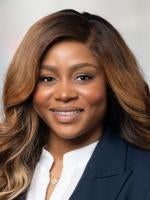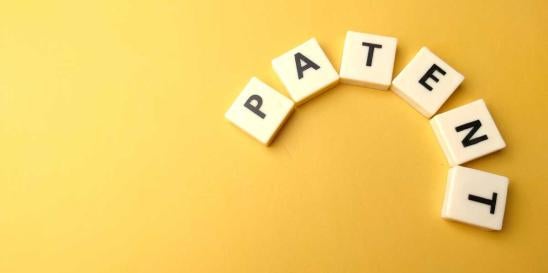In order to prepare and prosecute utility, design, and plant patent matters in front of the United States Patent and Trademark Office (“USPTO” or “Office”), the USPTO requires practitioners to demonstrate possession of the legal, scientific, and technical qualifications necessary to render valuable service to clients. See 37 CFR 11.7(a)(2)(ii).
Applicants are deemed to possesses that legal, scientific and technical qualification by passing the USPTO’s national examination, colloquially referred to as the “patent bar”. However, in order to qualify for the patent bar, applicants must meet the requisite scientific and technical training delineated by the General Requirements Bulletin for Admission to the Examination for Registration to Practice in Patent Cases before the United States Patent and Trademark Office. An applicant is considered to have the necessary background if they have a science or engineering bachelor’s degree from an accredited U.S. or foreign university. Accordingly, the patent bar has been traditionally reserved for practitioners with scientific, engineering, or other technical backgrounds.
On November 15, 2023, the USPTO issued a final rule amending the rules of practice before the Office by creating a separate design patent bar. Unlike a utility or plant patent, design patents are less technical in nature and relate exclusively to the unique visual design and ornamental qualities of an item. The new design patent bar will allow practitioners who pass the design patent bar to practice in design patent proceedings only. In other words, applicants need not have a science and engineering degree to qualify. Rather, applicants to the design patent bar should have a bachelor’s degree, master’s degree, or doctorate in philosophy from an accredited college or university in industrial design, product design, architecture, applied arts, graphic design, fine/studio arts, or art teacher education, or a degree equivalent to one of these listed degrees. Notably, applicants to the design patent bar do not need to have a legal background to qualify.
The Office received comments in favor of the design patent bar, noting that a design patent bar would:
- align the criteria for design patent practitioners with those of design patent examiners at the USPTO;
- improve design patent practitioner quality and representation;
- allow more under-represented groups to practice design patent law and aid more under-represented inventors in acquiring patents;
- enable individuals with valuable knowledge of design to aid design patent prosecution;
- lower the costs of obtaining design patents by promoting competition among practitioners;
- ensure consistent, high-quality design patents via qualified practitioners;
- enlarge the pool of available service providers, including those practitioners whose background may be more tailored to the needs of a design patent applicant; and
- increase economic opportunities for design practitioners by allowing them to access a new market for the provision of their professional services.
While this new rule does not impact practitioners who have already passed the patent bar, it does require design patent practitioners to clearly indicate their status by placing the word “design” adjacent to their handwritten or electronic signature. Importantly, practitioners who are admitted to the new design patent bar will only be able to prosecute design patents; whereas, practitioners who are admitted to the patent bar generally will be able to prosecute all patents, including design patents.
Numerous companies have used design patents to protect their intellectual property in the form of ornamental designs for clothing, furniture, machinery, commercial products, and other manufactured goods. The addition of the design patent bar will allow companies to utilize skilled designers and artists to prosecute these design patents, without requiring the assistance of the typical patent bar practitioner with a wider technical background.
The rule will be in effect as of January 2, 2024.
This article was co-authored by Elizabeth Shrieves.



 i
i


